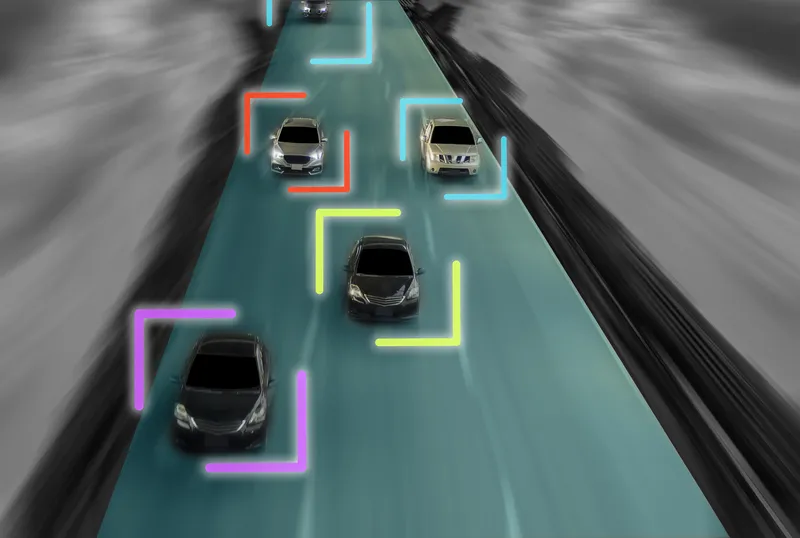A coalition of US automakers, highway safety advocates and intelligent transportation organizations welcome the release of the Department of Transportation's notice of proposed rulemaking (NPRM) to establish an interoperable platform for vehicle-to-vehicle (V2V) communications in new vehicles to provide safety and mobility benefits.
Citing an enormous potential to reduce crashes on US roads, the US Department of Transportation believes the proposed rule that would advance the deployment of connected vehi
December 14, 2016
Read time: 3 mins
A coalition of US automakers, highway safety advocates and intelligent transportation organizations welcome the release of the Department of Transportation's notice of proposed rulemaking (NPRM) to establish an interoperable platform for vehicle-to-vehicle (V2V) communications in new vehicles to provide safety and mobility benefits.
Citing an enormous potential to reduce crashes on US roads, the324 US Department of Transportation believes the proposed rule that would advance the deployment of connected vehicle technologies throughout the US light vehicle fleet. The NPRM would enable V2V communication technology on all new light-duty vehicles, enabling a multitude of new crash-avoidance applications that, once fully deployed, could prevent hundreds of thousands of crashes every year by helping vehicles communicate with each other.
“We are carrying the ball as far as we can to realize the potential of transportation technology to save lives,” said US Transportation Secretary Anthony Foxx. “This long promised V2V rule is the next step in that progression. Once deployed, V2V will provide 360-degree situational awareness on the road and will help us enhance vehicle safety.”
According to NHTSA administrator Mark Rosekind, advanced vehicle technologies may well prove to be the silver bullet in saving lives on the road. V2V and automated vehicle technologies each hold great potential to make roads safer, and when combined, their potential is untold, he said.
The proposed rule would require automakers to include V2V technologies in all new light-duty vehicles. The rule proposes requiring V2V devices to ‘speak the same language’ through standardised messaging developed with industry.
Regina Hopper, President and CEO of the Intelligent Transportation Society of America said, "This is an important step forward toward ensuring the full potential of V2V to dramatically reduce roadway fatalities and transform mobility in our nation. This DOT standard will ensure that we quickly achieve a critical mass of vehicles on the road that can communicate with each other and with the infrastructure."
John Bozzella, President and CEO of the Association of Global Automakers said, "Today's release of the V2V NPRM is a critical step to enabling connected car technologies that promise to improve highway safety and deliver significant lifesaving benefits."
Separately, the Department’s831 Federal Highway Administration plans to soon issue guidance for Vehicle-to-Infrastructure (V2I) communications, which will help transportation planners integrate the technologies to allow vehicles to “talk” to roadway infrastructure such as traffic lights, stop signs and work zones to improve mobility, reduce congestion and improve safety.
NHTSA estimates that safety applications enabled by V2V and V2I could eliminate or mitigate the severity of up to 80 percent of non-impaired crashes, including crashes at intersections or while changing lanes.
Citing an enormous potential to reduce crashes on US roads, the
“We are carrying the ball as far as we can to realize the potential of transportation technology to save lives,” said US Transportation Secretary Anthony Foxx. “This long promised V2V rule is the next step in that progression. Once deployed, V2V will provide 360-degree situational awareness on the road and will help us enhance vehicle safety.”
According to NHTSA administrator Mark Rosekind, advanced vehicle technologies may well prove to be the silver bullet in saving lives on the road. V2V and automated vehicle technologies each hold great potential to make roads safer, and when combined, their potential is untold, he said.
The proposed rule would require automakers to include V2V technologies in all new light-duty vehicles. The rule proposes requiring V2V devices to ‘speak the same language’ through standardised messaging developed with industry.
Regina Hopper, President and CEO of the Intelligent Transportation Society of America said, "This is an important step forward toward ensuring the full potential of V2V to dramatically reduce roadway fatalities and transform mobility in our nation. This DOT standard will ensure that we quickly achieve a critical mass of vehicles on the road that can communicate with each other and with the infrastructure."
John Bozzella, President and CEO of the Association of Global Automakers said, "Today's release of the V2V NPRM is a critical step to enabling connected car technologies that promise to improve highway safety and deliver significant lifesaving benefits."
Separately, the Department’s
NHTSA estimates that safety applications enabled by V2V and V2I could eliminate or mitigate the severity of up to 80 percent of non-impaired crashes, including crashes at intersections or while changing lanes.









